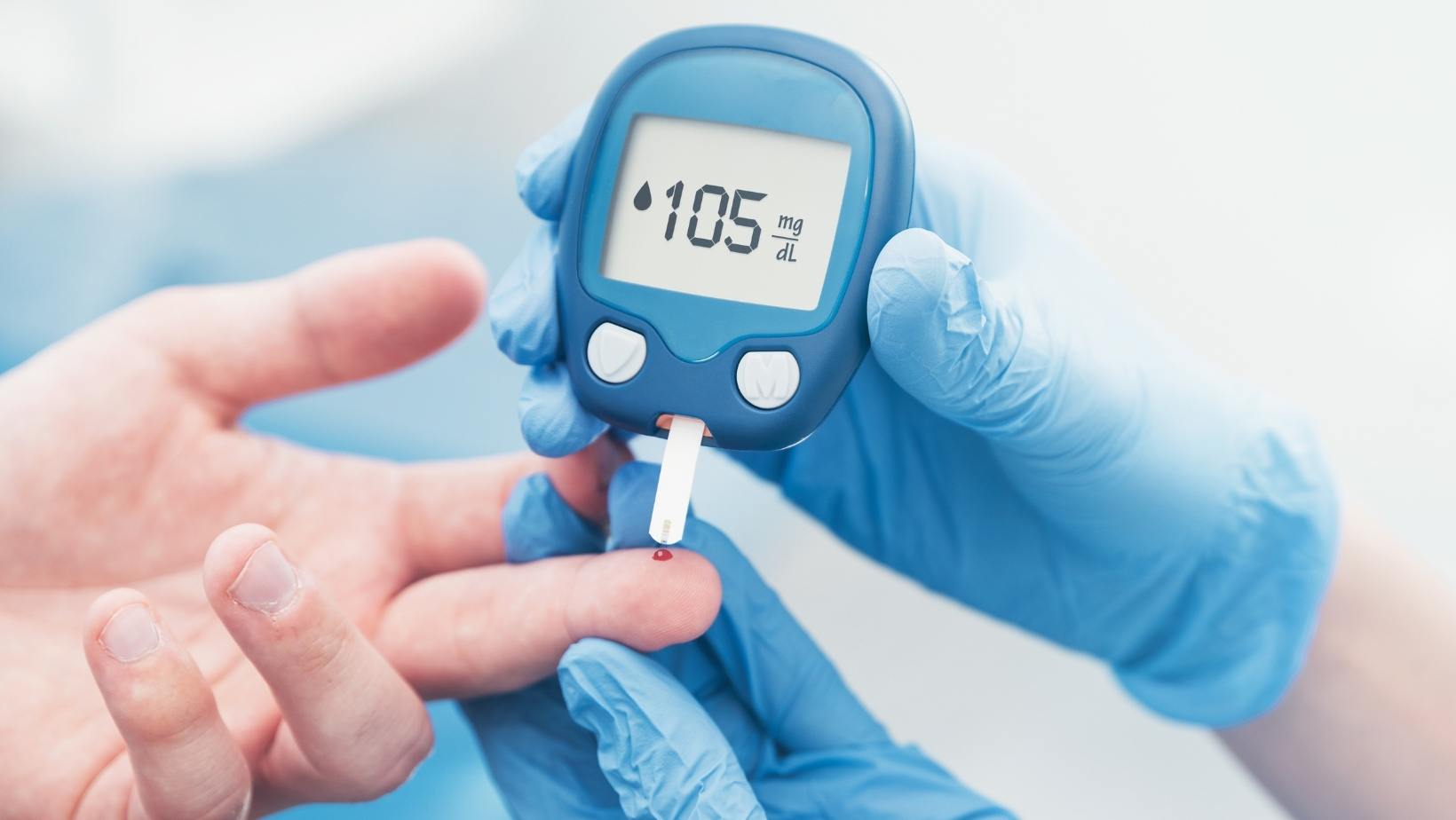
Dulcolax is a popular over-the-counter medication primarily used to treat constipation. Containing Bisacodyl as the active ingredient, Dulcolax acts by stimulating the muscles in the intestines to promote bowel movements. It is available in multiple forms, including tablets, soft chews, and liquid form, catering to the diverse needs of individuals.
Dulcolax for Constipation: Dosage and Usage
Dulcolax acts as a stimulant laxative, providing relief from constipation by inducing the intestines to initiate bowel movements. The usual dosage for adults is one to two tablets taken at bedtime. However, this can vary depending on the severity of constipation, your overall health status, and the presence of any concurrent medications. Always adhere to the label instructions or those provided by your healthcare provider.
Standard Dosage
- For adults: One to two tablets at bedtime
- For children: Dosage is dependent on the child’s weight and should be determined by a healthcare professional
Factors Influencing Dosage
- Severity of constipation: More severe cases may require a higher dosage, but only under medical supervision
- Individual’s overall health: Existing health conditions might affect how the body responds to Dulcolax
- Any other medications currently being taken: Some medications can interact with Dulcolax, altering its effectiveness or increasing side effects
Dulcolax Tablets vs. Soft Chews vs. Liquid: A Comparison
Dulcolax comes in various forms, each with its unique characteristics and suitability for different user preferences.
Dulcolax Tablets
- Offer a direct and potent solution for constipation, providing relief usually within 6 to 12 hours
- The typical dose is 5mg of Bisacodyl per tablet
- Tablets should be swallowed whole, not crushed, broken, or chewed, to prevent stomach upset
Dulcolax Soft Chews
- Easy to consume and can be chewed before swallowing
- Preferred for their pleasant taste, especially among those who find swallowing tablets challenging
- Each chew contains a similar dose of Bisacodyl as the tablet form
Dulcolax Liquid
- Offers quick absorption, with the effects usually noticeable within 6 hours
- Can be easier to ingest for those who have difficulty swallowing tablets
- The liquid form allows for more flexible dosage adjustment
Side Effects of Dulcolax: What to Expect
While Dulcolax is effective in combating constipation, it can lead to certain side effects. Most common among these are stomach cramps, diarrhea, and nausea. More rare but severe side effects could include dizziness, irregular heartbeat, or changes in mood. If any side effects persist, worsen, or cause significant discomfort, reach out to your healthcare provider promptly.
Common Side Effects of Dulcolax
- Stomach cramps: These occur as the drug stimulates the intestinal muscles
- Diarrhea: Can result from the increased intestinal activity
- Nausea: Can be experienced in some individuals, especially if taken on an empty stomach
Rare but Severe Side Effects of Dulcolax
- Dizziness: Occurs rarely, but it’s crucial to avoid driving or operating machinery if experienced
- Irregular heartbeat: Seek immediate medical help if this occurs
- Mental/mood changes: Very rare but report any significant mood changes to your healthcare provider
Long-term Side Effects of Dulcolax
While Dulcolax is an effective solution for occasional constipation, it’s important to be mindful of potential issues arising from long-term use. One concern is a developing dependency, where the body becomes reliant on the laxative to stimulate bowel movements. This can potentially interfere with the body’s natural processes and could lead to chronic constipation issues when the use of the medication is stopped.
Moreover, long-term usage of Dulcolax could disrupt the body’s electrolyte balance. Electrolytes are essential minerals in the body, required for many vital functions. For instance, sodium and potassium play a crucial role in nerve and muscle cell functioning, while calcium and phosphate are necessary for bone health. Overuse of Dulcolax may trigger an imbalance, leading to symptoms such as fatigue, muscle weakness, and irregular heartbeat. In severe cases, electrolyte imbalance can have serious, life-threatening consequences.
Hence, Dulcolax should be used cautiously for short-term relief from constipation. If constipation is a persistent issue, it is advisable to consult with a healthcare professional to explore other safe, effective, and sustainable treatment options.
Dulcolax Suppository: A Closer Look
Dulcolax suppositories offer an alternative, often faster-acting method to combat constipation. Since suppositories are inserted directly into the rectum, they bypass the stomach and are absorbed directly into the area of action. However, as with oral forms, suppositories may cause side effects, such as rectal discomfort and irritation.
Key Points
- Fast action: Suppositories often provide relief within 15 minutes to an hour
- Direct insertion into the rectum: The suppository melts and is absorbed directly into the bloodstream through the rich network of blood vessels in the rectal area
- Possible side effects: These include rectal discomfort and irritation, and in some cases, a feeling of needing to pass stool
Dealing with Side Effects: Stomach Cramps, Nausea, and Pain
One of the common concerns for users of Dulcolax, especially those new to the medication, is dealing with potential side effects such as stomach cramps, nausea, and pain. Understanding these side effects and how to manage them can make the treatment process easier and more comfortable.
1. Stomach Cramps: Stomach cramps are one of the most commonly reported side effects of Dulcolax. This can be due to the increased bowel activity stimulated by the medication. To help minimize this discomfort, it may be beneficial to start with a lower dosage and gradually increase it as your body adjusts. Also, staying well-hydrated and incorporating light physical activity, like walking, can aid digestion and ease cramping.
2. Nausea: Another side effect that some users may experience is nausea. Taking Dulcolax with plenty of water and avoiding lying down immediately after taking the medication can help mitigate this side effect. It may also help to take the medication at night so that sleep can coincide with the peak time of action, thus reducing conscious awareness of the nausea.
3. Pain: Pain can occur as a result of cramping or due to increased bowel activity. Using a heating pad on your stomach, staying hydrated, and maintaining a balanced diet with sufficient fiber may alleviate some of this discomfort. Over-the-counter pain relievers can be used, but should be done so under the advice of a healthcare professional.
Please note that while these side effects can be uncomfortable, they are usually temporary and subside as your body adjusts to the medication. However, if these side effects persist or become severe, it’s crucial to contact your healthcare provider. Long-lasting or severe pain could indicate a more serious condition, such as an electrolyte imbalance or bowel obstruction, which needs immediate medical attention.
Dulcolax 5mg Dosage: Is It Right for You?
The standard dose of Dulcolax for adults is typically 5mg to 15mg per day. However, dosage can vary depending on the individual’s age, health condition, and response to treatment. Always follow your healthcare provider’s instructions or the directions on the package.
Alternatives to Dulcolax: Other Options for Constipation Relief
Besides Dulcolax, other over-the-counter options for constipation relief include Miralax, Colace, and natural alternatives like fiber supplements. Lifestyle changes such as a high-fiber diet, regular physical activity, and adequate hydration can also effectively combat constipation.
Always consult your healthcare provider for personalized advice on medication and lifestyle modifications.
Frequently Asked Questions about Dulcolax
Here we’ve gathered some of the most frequently asked questions about Dulcolax to provide more information and guidance on this medication.
1. Can Dulcolax cause stomach cramps? Yes, Dulcolax can cause stomach cramps as it stimulates bowel movement. However, this side effect is usually temporary and can be managed with proper hydration and light physical activity.
2. Is it normal to feel nauseous after taking Dulcolax? Nausea can be a side effect of Dulcolax, but it’s not experienced by everyone. If you’re feeling nauseous, try taking the medication with plenty of water or during the night when you’re about to sleep.
3. Can long-term use of Dulcolax lead to dependency? Continuous use of Dulcolax over an extended period can potentially lead to the body becoming reliant on the laxative for bowel movements. It’s essential to use Dulcolax as directed by your healthcare provider and to seek medical advice if you find yourself needing to use it regularly.
4. Are there any differences in side effects between Dulcolax tablets, soft chews, and liquid? While the active ingredient is the same, the form of Dulcolax might cause slightly different side effects due to variations in absorption rates. However, the general side effects—stomach cramps, nausea, and pain—remain common across all forms.
5. Can Dulcolax be used for weight loss? Dulcolax is not designed or approved for weight loss. It’s a laxative that aids in temporary relief from constipation. Misusing it for weight loss can lead to serious health complications, such as electrolyte imbalance or dehydration.
6. Does Dulcolax cause pain? Pain, particularly abdominal pain, can be a side effect of Dulcolax due to increased bowel activity or cramping. Using a heating pad or staying hydrated can help alleviate some of this discomfort.
7. Can I take Dulcolax every day? Dulcolax is typically used for occasional constipation relief and isn’t recommended for long-term daily use. If you’re dealing with chronic constipation, it’s crucial to seek advice from a healthcare professional for appropriate treatment options.
8. Are there alternatives to Dulcolax for constipation relief? Yes, there are several alternatives to Dulcolax, such as other types of laxatives, dietary changes, increased fluid intake, and physical activity. Your healthcare provider can guide you on the best approach based on your specific needs.
9. Can Dulcolax be taken during pregnancy? The safety of Dulcolax during pregnancy hasn’t been definitively established. If you’re pregnant and dealing with constipation, it’s crucial to consult your healthcare provider before taking any medication.
10. What should I do if I experience severe side effects from Dulcolax? If you experience severe or long-lasting side effects after taking Dulcolax, seek immediate medical attention. These could be signs of a more serious condition, such as an electrolyte imbalance or bowel obstruction.
Conclusion
In conclusion, Dulcolax is an effective medication for temporary relief from constipation. However, it can also have several side effects, including stomach cramps, nausea, and pain. In some cases, long-term use can even lead to dependency. Like any medication, it is essential to use Dulcolax as directed by a healthcare provider. If you’re dealing with chronic constipation or experiencing severe side effects from Dulcolax, seek professional medical advice for appropriate treatment options.
Blog Tags: Dulcolax, constipation relief, Dulcolax side effects, Dulcolax for constipation, Dulcolax tablets, Dulcolax soft chews, Dulcolax liquid, stomach cramps, nausea, Dulcolax pain, Dulcolax long-term use












